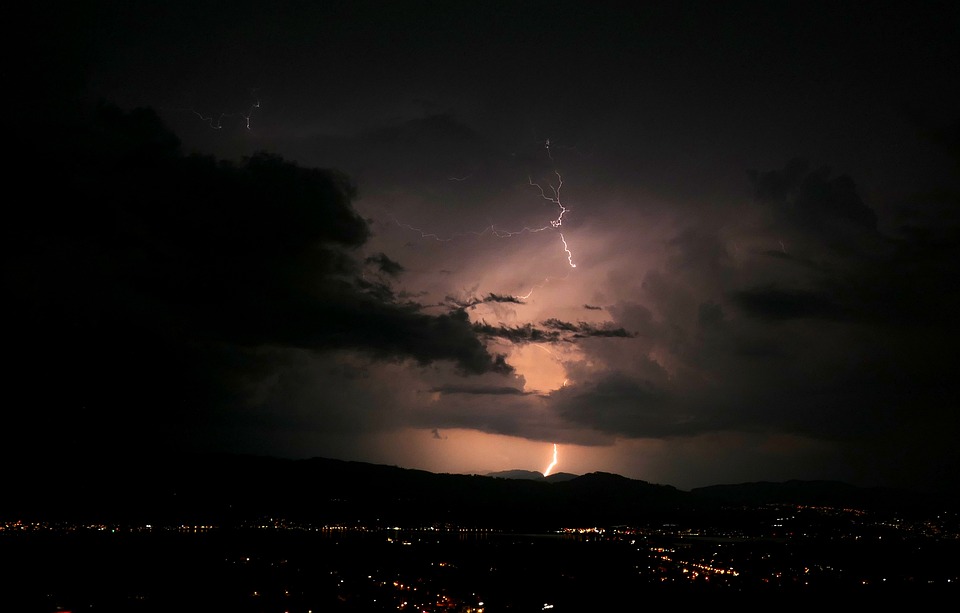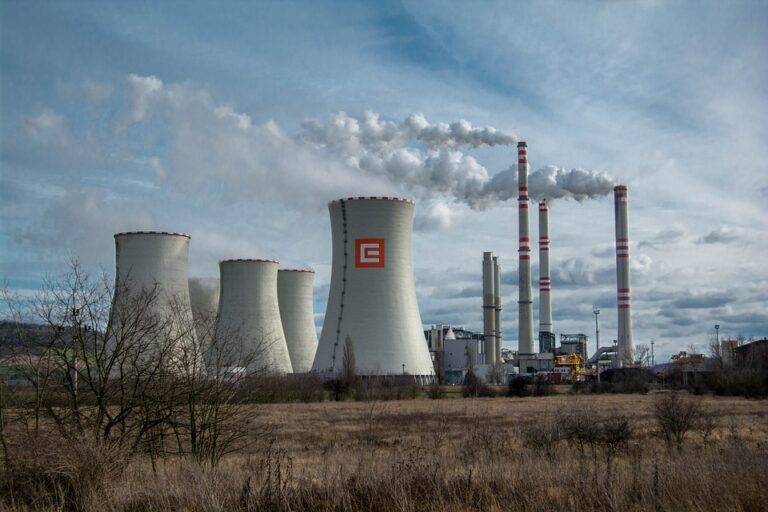Lightning and Thunderstorm Formation: Characteristics & Process

Lightning and thunderstorms are among nature’s most spectacular phenomena. They captivate us with their beauty and power, yet they also pose significant dangers. Understanding how these storms form can not only satisfy our curiosity but also help us prepare for and mitigate their impacts.
The Science of Thunderstorm Formation
Thunderstorms are born from the instability of the atmosphere, which can be caused by various factors. At the heart of every thunderstorm is a cumulonimbus cloud, a towering structure that can reach heights of up to 12 miles.
The formation of these clouds involves several processes, each contributing to the storm’s eventual strength and intensity.
Warm, Moist Air Rising
The initial stage of thunderstorm development begins with the rise of warm, moist air. This process, known as convection, is driven by the sun’s heating of the Earth’s surface. As the ground warms, the air above it becomes lighter and starts to rise.
As it ascends, it cools and the water vapor it contains begins to condense into tiny cloud droplets, forming a cloud. This release of latent heat during condensation further warms the air, causing it to rise even faster.
Development of Cumulonimbus Clouds
The continual rise of warm air leads to the growth of a cumulonimbus cloud. These clouds are characterized by their towering, anvil-shaped tops, resulting from the cloud reaching the upper levels of the troposphere where temperatures are extremely cold.
The cloud’s base is often dark and ominous, a sign of the intense activity within. Inside the cloud, powerful updrafts and downdrafts create turbulence and circulation patterns essential for thunderstorm development.
Formation of Downdrafts and Precipitation
As the cloud particles grow larger, they eventually become too heavy to be supported by the updrafts and begin to fall as precipitation.
This creates a downdraft—a column of cooler air pushed downward by the falling precipitation. The interaction between the updraft and downdraft is crucial in the mature stage of a thunderstorm, where the storm is at its most potent.
The Birth of Lightning
Lightning is a dramatic and fascinating byproduct of thunderstorm activity. It is a giant spark of electricity that occurs within the cloud, between clouds, or between the cloud and the ground. But how does this electrifying phenomenon come to be?
Charge Separation
Within a thunderstorm, complex interactions lead to the separation of electrical charges. This is primarily a result of collisions between ice crystals and hailstones within the storm. As these particles collide, smaller ice crystals tend to acquire positive charge, while larger hailstones become negatively charged.
The lighter ice crystals are carried to the top of the cloud by updrafts, while the heavier hailstones remain lower, creating a charge separation within the cloud itself.
Lightning Strike
When the electrical potential between these separated charges becomes too great, a discharge occurs in the form of lightning.
The most common type of lightning is intracloud lightning, which happens within a single storm cloud. However, cloud-to-ground lightning, though less frequent, is the most dangerous, as it involves the transfer of electrical energy from the cloud to the Earth.
The Role of Thunder
The rapid expansion of the air caused by the heat of a lightning bolt creates a shock wave that we hear as thunder. Since light travels faster than sound, lightning is seen before thunder is heard, giving us the classic “flash and boom” experience of a thunderstorm.
The time delay between the flash and the sound can even be used to estimate the distance of the storm from the observer.
The Impact of Thunderstorms
Thunderstorms, while visually and scientifically fascinating, can have significant impacts on the environment and human activities. They are capable of producing a variety of hazardous weather conditions, including heavy rain, strong winds, hail, and even tornadoes.
Flooding and Water Damage
Heavy rainfall from thunderstorms can lead to flash flooding, particularly in urban areas where drainage systems may be overwhelmed. Flooding can cause significant property damage, disrupt transportation, and pose a serious risk to human safety.
Wind and Hail Damage
The strong winds associated with thunderstorms can uproot trees, damage buildings, and scatter debris. Hailstones, especially large ones, can cause extensive damage to crops, vehicles, and structures, leading to costly repairs and insurance claims.
Tornado Formation
In some cases, thunderstorms can spawn tornadoes, among the most destructive and unpredictable weather phenomena. Tornadoes are formed when the updrafts within a thunderstorm become strong enough to tilt the rotation of the storm, creating a funnel cloud that can touch down as a tornado.
Safety and Preparedness
Understanding the formation and potential impacts of thunderstorms is critical for safety and preparedness. Here are some tips to help stay safe during a thunderstorm:
Stay Informed
Keep an eye on weather forecasts, especially if severe weather is predicted. Weather apps and local news can provide timely updates on storm conditions and potential warnings.
Seek Shelter
If a thunderstorm is approaching, it’s essential to seek shelter indoors. Avoid open fields, high ground, and isolated trees, which are more likely to be struck by lightning. Cars can offer some protection from lightning if no other shelter is available.
Prepare an Emergency Kit
Having an emergency kit ready can be invaluable during a thunderstorm. Include items such as flashlights, batteries, a first-aid kit, water, and non-perishable food. Ensure that all electronic devices are charged, and consider investing in a weather radio for updates during power outages.
Conclusion
Lightning and thunderstorms are remarkable demonstrations of the Earth’s dynamic and powerful weather systems. While they can be beautiful, they also demand respect and caution due to their potential for destruction.
By understanding the science behind their formation and impact, we can better appreciate these natural wonders and ensure our safety when they occur.
As we continue to study these phenomena, we uncover more about the intricate workings of our atmosphere, inspiring awe and respect for the forces of nature.






